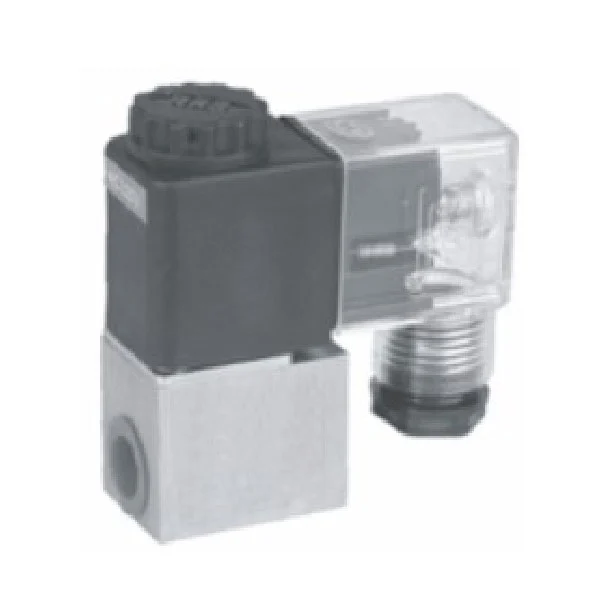The Advantages of Electromagnetic Valves: A Look at Their Role in Automation and Control Systems
2024-12-16
Electromagnetic valves play a crucial role in modern automation and fluid control systems, offering rapid and reliable solutions for managing the flow of gases and liquids. From controlling the flow of water in plumbing systems to regulating air in HVAC units, these valves are central to a wide range of industries. In this article, we will explore the advantages of electromagnetic valves and why they are essential for automation and control systems.
How Do Electromagnetic Valves Work?
Electromagnetic valves use an electromagnetic coil to control the valve’s opening and closing mechanism. When electrical current flows through the coil, it generates a magnetic field, which activates a plunger or armature. This movement opens or closes the valve, allowing fluid to flow through or stopping it. These valves are often used for automatic control, making them ideal for processes where manual control would be inefficient or impractical.
Key Advantages of Electromagnetic Valves
1. Precision and Control:
- Electromagnetic valves provide high-precision control over the flow of fluids and gases. This is especially important in applications where accuracy is critical, such as medical equipment or automated manufacturing processes.
2. Fast Response Time:
- These valves offer rapid actuation, opening or closing in milliseconds, making them suitable for applications that require fast and reliable control.
3. Energy Efficiency:
- Electromagnetic valves consume minimal power during operation, making them energy-efficient. This feature is particularly beneficial for systems that require frequent valve activation.
4. Compact Size:
- Due to their compact design, electromagnetic valves can fit into tight spaces, which is especially useful in automated systems where space is limited.
5. Low Maintenance Requirements:
- Electromagnetic valves are durable and require little maintenance because their solenoid mechanism has no direct contact with the fluid being controlled, reducing wear and tear.
6. Easy Integration with Control Systems:
- These valves can be easily integrated into automated control circuits, allowing for remote operation and monitoring.
Applications of Electromagnetic Valves in Automation Systems
1. Manufacturing Automation:
- Electromagnetic valves are widely used in automated manufacturing systems for controlling fluids and gases in various stages of production.
2. HVAC Systems:
- These valves regulate the flow of air and refrigerants in heating, ventilation, and air conditioning (HVAC) systems, improving efficiency and comfort.
3. Water Treatment Systems:
- In water treatment facilities, electromagnetic valves control the flow of water, chemicals, and other substances, ensuring efficient purification and distribution.
4. Robotics and Assembly Lines:
- Electromagnetic valves are often used in robotic systems to control pneumatic and hydraulic actuators, allowing for precise movements and control.
5. Food and Beverage Industry:
- In food processing plants, electromagnetic valves are used for controlling the flow of liquids and gases in the production of beverages, sauces, and other products.
Troubleshooting Common Issues with Electromagnetic Valves
Although electromagnetic valves are known for their reliability, there are a few common issues that may arise over time.
1. Coil Failure:
- If the coil is damaged or worn out, the valve may fail to open or close properly. Inspect and replace the coil as needed.
2. Leakage:
- Leaking around the valve body or seals can occur if debris accumulates or the seals degrade. Regular cleaning and seal replacement can prevent this issue.
3. Electrical Problems:
- Poor electrical connections or incorrect voltage can prevent proper valve operation. Ensure that electrical connections are secure and voltage levels are correct.
4. Solenoid Sticking:
- In some cases, the solenoid can become stuck due to buildup or corrosion. Regular cleaning and maintenance can prevent this problem.
Electromagnetic valves play an indispensable role in modern control and automation systems, providing precision, fast response, and energy efficiency. Their ability to handle various fluids and gases makes them suitable for diverse industries, from manufacturing to water treatment. By understanding the benefits and applications of these valves, as well as the importance of regular maintenance, you can optimize your automation systems and ensure long-term reliability.



